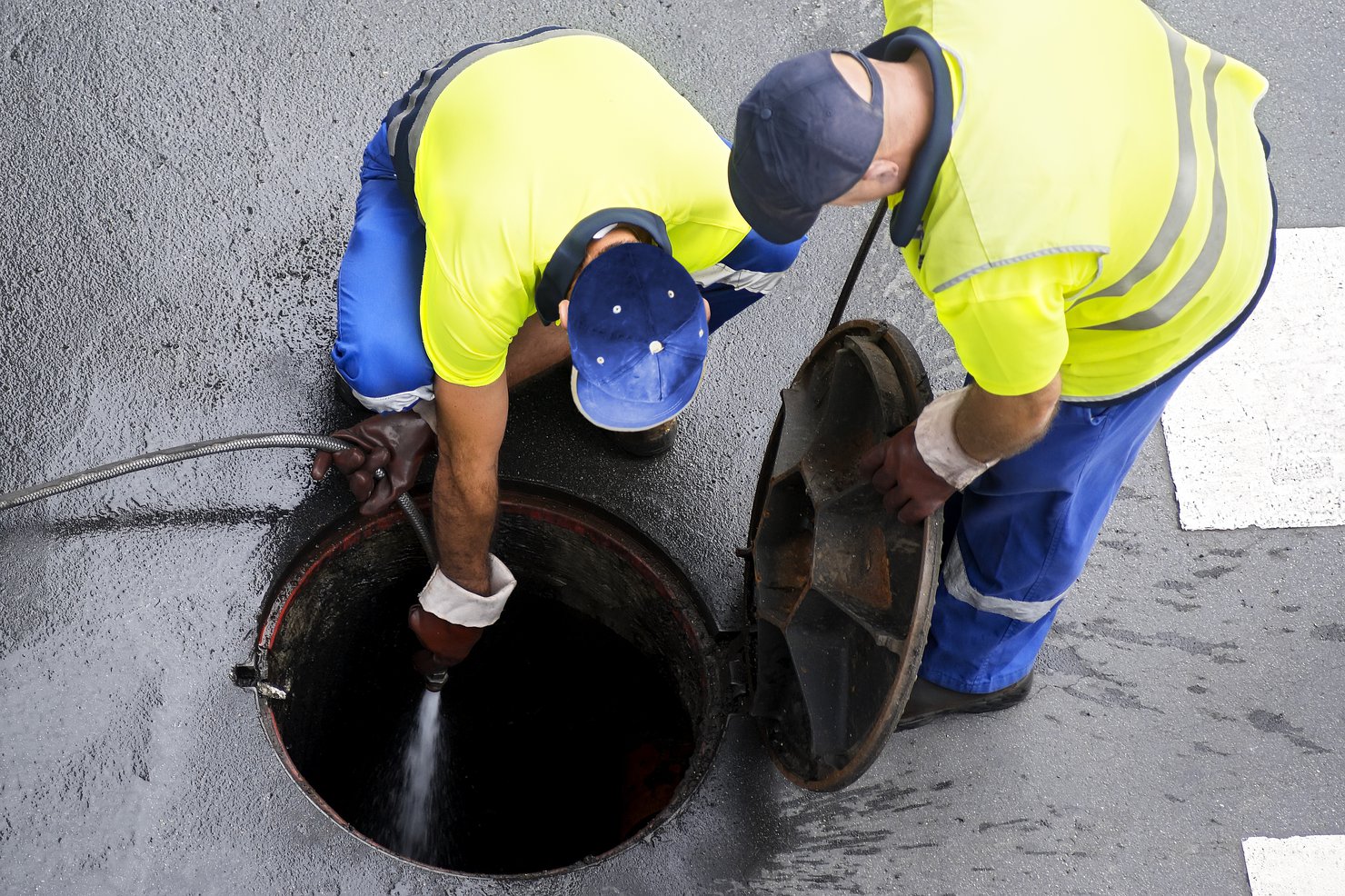Americans have come to expect clean, abundant fresh water for a variety of needs: drinking, industry, healthy ecosystems, recreation, and tourism, just to name a few. As the number of Americans living in urban areas continues to grow, domestic and industrial demand for water will increase and compete with other uses of water, such as irrigation for agriculture, one of the largest destinations for fresh water in the United States. These changes are contributing to a pressing issue: the quality of freshwater available in America is becoming increasingly problematic.
Concerns about water quality are urgent. Ecosystems and public health are directly affected by agricultural and urban pollution. The levels of nutrients in surface water and groundwater present a growing threat to public health and local economies, contributing to harmful algal blooms, contaminating drinking water sources, and damaging recreation, tourism, and fishing industries. Emerging contaminants, including pharmaceuticals, additives in personal care products, and engineered nanoparticles, represent a largely unquantified danger to water quality. Many cities’ water quality has declined because of infrastructure decay and vulnerability to severe weather and other stresses, imperiling public health for millions.
The Cost of Quality
Climate change and development activity are shifting the amount and availability of freshwater, affecting our water supply, and straining our aging infrastructure. Affordability and access to safe drinking water are a pressing equity issue. The American Water Works Association estimates that more than $1 trillion must be invested in water delivery infrastructure over the next two decades to maintain current levels of operation, and that the cost of water and sewer infrastructure is rising three times faster than the rate of inflation. Adhering to water quality regulations also add to the costs of water delivery. In the coming decades, costs of water and sewer service may exceed energy costs for the typical American household. Most of the costs will be passed on to consumers, so it is imperative to understand the distributional consequences of water costs and to explore alternative policies that could alleviate financial burdens on low-income households.
But high water prices aren’t all bad—if water costs more, individuals and businesses are more likely to invest in water-saving technology and behaviors, reducing the strain on current water supplies. But according to ongoing RFF research, nearly one in seven US households already faces unaffordable water and sewer service. This creates a conundrum: how can we incentivize efficient water use without burdening lower-income Americans?

Many utilities and regulatory authorities are testing solutions to this problem. DC Water has “lifeline” rates that reduce the price of water to zero for low-income customers’ first few units of consumption each month. The City of Philadelphia has adopted a rate structure in which eligible households pay a fixed proportion of their monthly income in lieu of a water bill. The California State Water Resources Control Board has proposed a statewide water rate assistance program that gives low-income households a rebate to defray the cost of water service. And many utilities across the country are adopting tiered rate structures to encourage conservation by large users while setting a low water price for low-income households. Despite the inventive ways utilities are dealing with affordability concerns, however, very little research has been done on the cost-effectiveness of the various policies.
From an economics perspective, it is extremely difficult to address multiple goals with a single policy instrument—in this case, setting water rates that vary with the type of consumer. If we want to conserve water in a cost-effective way, we should price water so that consumers adjust their consumption to avoid waste or excess water use. If we want to address concerns about equity, we should give households lump-sum rebates that still ensure that those households use their water efficiently. If we want to raise revenue, we should account for the fact that people use less of something as its price goes up. These are standard economic principles.
Of course, the reality on the ground is much more complicated than textbook economics. Some state regulations dictate what municipal revenues can be used for. Small utilities in low-income areas do not have the economies of scale to cross-subsidize low-income customers. And water rates are rarely set in a way that prices scarcity.
Combining Conservation, Cost, and Quality
Furthermore, the management of water resources has been complicated by droughts, floods, and other extreme weather events. Climate change and development activity are shifting the amount and availability of freshwater, affecting our water supply, and straining our aging infrastructure. Waterfront communities face threats of flooding from climate change due to induced storms and unpredictable rain patterns. Communities must manage the risks to life and property by building resilience to flooding, and policies and programs must anticipate and prevent future damage.
Addressing the joint challenge of conservation and equity is a pressing issue for revenue-strapped utilities across the country. Economic theory suggests ways of designing water rates to achieve multiple objectives, and utilities’ experiences with novel policies are beginning to show what might be feasible under current regulatory conditions. But the time is ripe for more empirical research on these topics. Americans will be best prepared to maintain the quality and availability of freshwater in the United States if continued economic research aims to quantify the effectiveness of related policies; to determine the impact of these policies on households across the socioeconomic spectrum; and to develop testable, cost-effective policies that incentivize conservation, provide affordable water, and do not affect utilities’ bottom line.
A version of this text was previously published in a fall 2019 Dentons compilation titled, “Smart Cities & Communities.”







